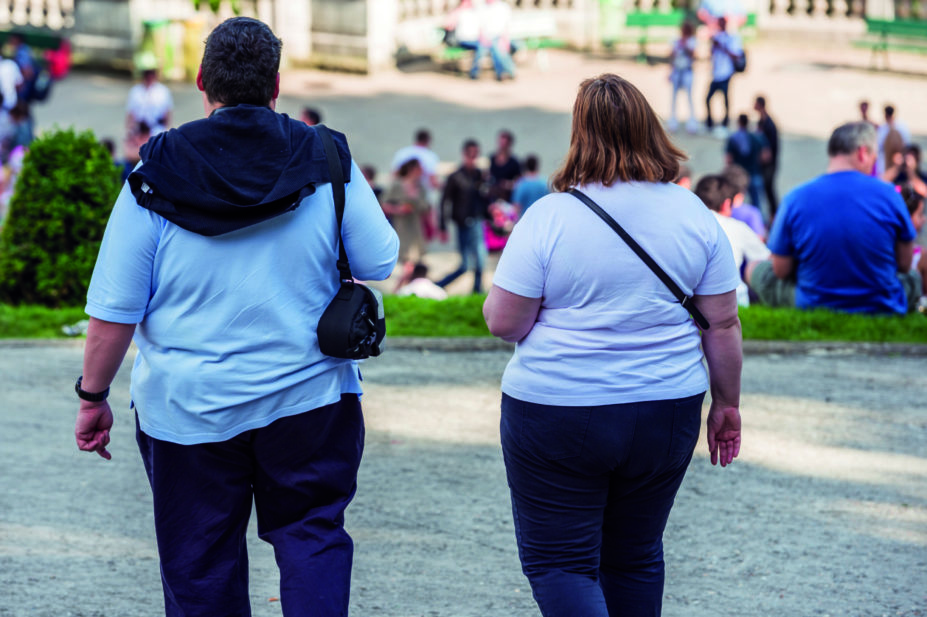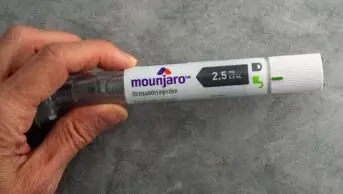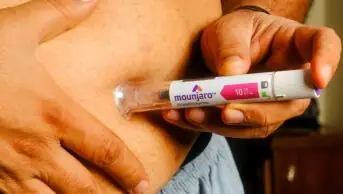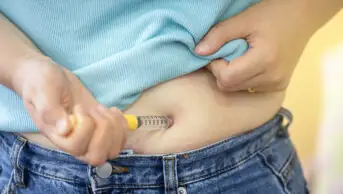
Shutterstock.com
An obesity pill that contains a balloon designed to swell up in the stomach could help patients lose up to two stone in only a few months, research presented at an obesity conference suggests[1]
.
Researchers presented their findings to delegates at the European Congress on Obesity in Porto, Portugal, on 17–20 May 2017. They explained how the Elipse balloon, by Allurion Technologies, was tested in 42 adults who reported average losses of two stone and six pounds after four months, which was more than 14% of their total body weight.
The pill is swallowed while attached to a catheter and once in place water is used to expand the balloon into the stomach before the catheter is removed.
After some months in place, a release valve is designed to let the water out and the body passes the deflated balloon.
It is hoped the treatment, which received European marketing approval in December 2015, but is not yet available on the NHS, could provide obese patients with an alterative to bariatric surgery and, unlike other gastric balloons, does not require endoscopy.
Roberta Ienca from the Sapienza University of Rome, who presented the study, says: “Because the Elipse Balloon does not require endoscopy, surgery or anaesthesia, this may make it suitable for a larger population of obese patients not responding to diet and lifestyle treatment.”
The research team also reported that patients in the study, who were also encouraged to make diet and lifestyle changes, showed significant improvement in health indicators such as blood pressure, cholesterol levels, and blood sugar control.
References
[1] Ienca R, Ernesti I & Francomano D. A new swallowable intragastric balloon for weight loss not needing endoscopy: early experience in combination with a VLCKD. Presented at European Congress on Obesity, Porto, Portugal, May 17–20 2017.


